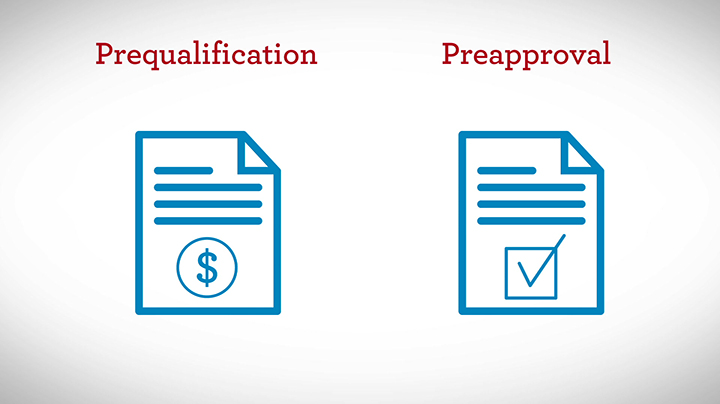Pre-Qualified vs. Pre-Approved: What’s the Difference?
Mortgage is described as the legal agreement between an owner and a mortgagee whereby the right of ownership of an asset or property is conveyed by the owner to the mortgagee as security for a loan.
Simply said, a mortgage means using real estate or property as collateral for a loan. In mortgage, there are some players involved. These people include the loan officer, the real estate expert, the loan processor, the underwriter, and of course, the buyer.
The loan officer checks if the borrower is eligible for a loan through the checking of financial history, credit information, employment information and so on.
The real estate expert is involved in choosing the right home for the mortgage and provide advice and information about properties.
The loan processor is responsible for providing information about the loan and application for the underwriter’s benefit.
The underwriter is responsible for the approval or refusal of the loan based on the information available.
Before a mortgage process can be completely carried out, the mortgagee needs to pass through a pre-approval process and a pre-qualification phase.
Mortgage pre-approval and pre-qualification are similar in most aspects and the only difference lies in the distinctions between their legal makeup.
Pre-qualification simply refers to the preliminary evaluation by a lender of a borrower in which the borrower is checked out to determine if they merit an offer of pre-approval.
Before a borrower can be pre-approved for a mortgage, there are some things which are needed. One is that the borrower needs to provide proof of income.
The lender wants to know if the borrower is eligible and one way to know that is through the income. Is the borrower working anywhere? Is the income from a legal job. How sustainable is the job? The tax returns are also checked out.
Another thing needed to be checked out are the bank statements and cash reserves, basically all proofs of assets.
Others include good credit scores, social security number and employment verification.
Pre-qualification on the other hand involves the loan officer collects all the information needed and makes an assessment of the amount to be lent to the borrower. This doesn’t include the analysis of the credit report. It can be done over the phone.
Both pre-approval and pre-qualification processes sometimes require letters being given to the borrower. Pre-qualification comes before pre-approval.
A lot of people often mix the two together and therefore causing confusion. Another difference is that unlike mortgage pre-approval, mortgage pre-qualification does not always require documentation of the borrower’s financial history.
Mortgage pre-approval involves verification as mentioned earlier of credit check, debts, assets, income, and employment history. The verification and documentations asked for usually differed depending on the borrower.
For example, the documentation required from an employee is slightly different from a self-employed person and a veteran. However, the common documents are found in their assets and miscellaneous documents like driver’s license, lease agreement, landlord information, etc.
Summarily, to get a mortgage, there is need to get pre-qualification and then pre-approval and make sure that all the documents required are available.
Masters Credit Consultants.
Get help in improving your credit scores. Call now: 1-844-620-8796
www.masterscredit.com







Leave A Comment